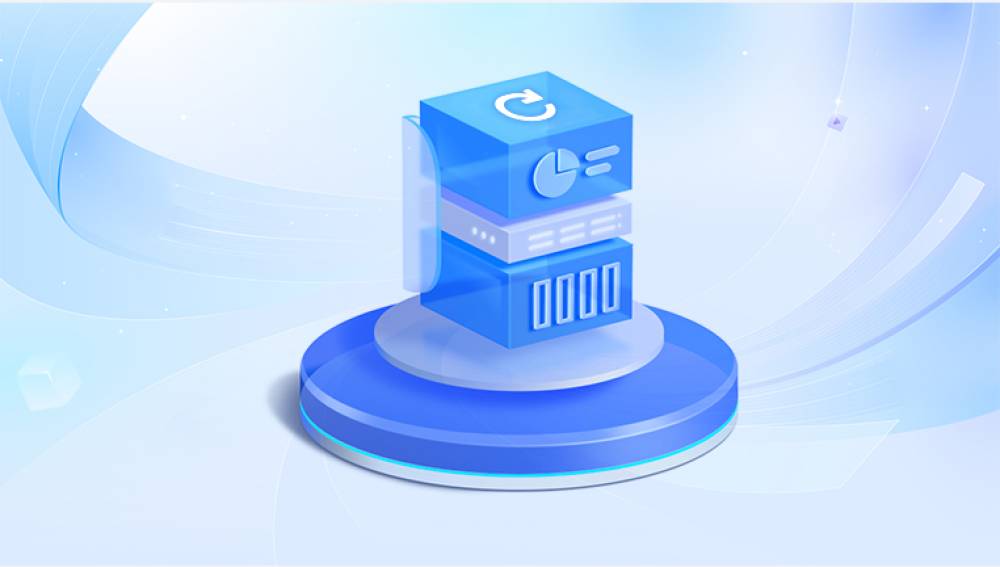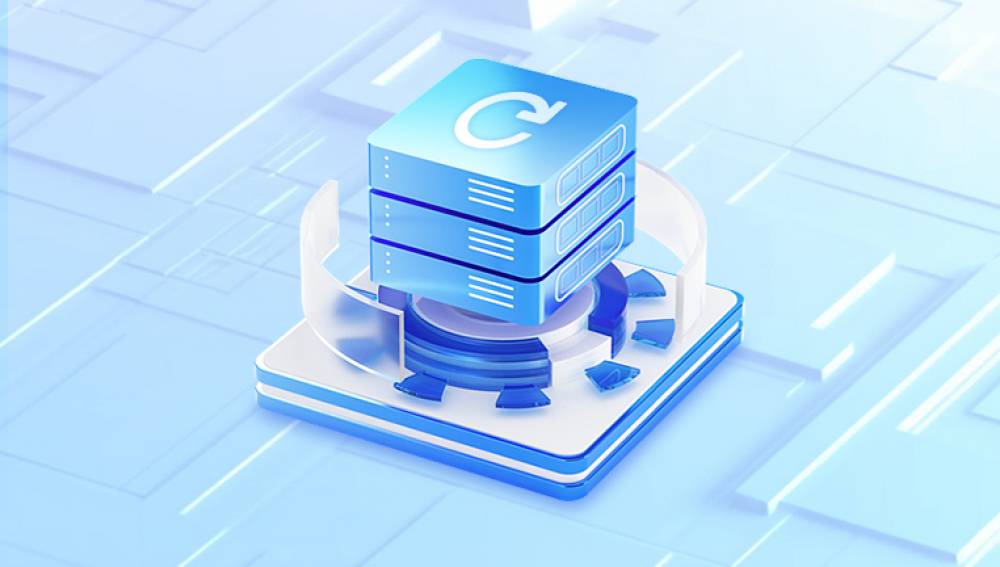Hard disk detection issues can be frustrating, especially when your system recognizes the drive in the BIOS but fails to show it during the Windows installation process. The BIOS (Basic Input/Output System) is responsible for initializing hardware before booting into the operating system, and its ability to detect the hard disk implies that the drive is physically functional. However, when Windows installation fails to recognize the disk, it usually points to an issue with compatibility, drivers, partition types, or other configuration problems.
1. BIOS and Windows Disk Detection
Before diving into the troubleshooting process, it's important to understand the role of both the BIOS and Windows in disk detection:
BIOS: The BIOS communicates directly with the hardware of your computer. When it detects a hard disk, it verifies the physical connection and checks whether it is powered and functioning. If the BIOS detects the disk, it is likely an issue with the software (i.e., Windows) preventing proper detection.
Windows Installation: Windows relies on drivers and specific configurations to detect storage devices during installation. Even if the BIOS recognizes the hard drive, Windows may not be able to identify it due to missing or incompatible drivers, or a partition issue such as an unformatted or corrupt disk.

2. Basic Troubleshooting Steps
Step 1: Verify Hardware Connections
Sometimes, a loose cable or poorly seated connection can be the culprit. If your hard disk is detected in the BIOS but not in Windows, check the following:
Power Cable: Ensure the hard drive is properly powered. If it is a desktop, check the power cables from the power supply unit.
SATA Cable: For SATA-based hard drives, confirm that the data cable is securely connected to both the hard drive and the motherboard.
Test the Port: Try connecting the hard drive to a different SATA port on the motherboard to rule out a faulty port.
Power Supply: Insufficient power to the drive can cause detection issues. Ensure the power supply is working correctly.
If possible, try connecting the drive to a different computer to verify whether the issue is hardware-related.
Step 2: Check BIOS Settings
If the BIOS detects the hard drive but Windows installation doesn’t, there may be a misconfiguration in the BIOS settings that affects how the hard drive is presented to the operating system.
Storage Mode: In the BIOS, check the storage mode settings. Most modern systems use either AHCI (Advanced Host Controller Interface) or RAID (Redundant Array of Independent Disks). Ensure that the storage controller is set to AHCI for a single drive configuration.
To change this, go to the SATA Configuration or Storage Configuration menu in the BIOS and make sure AHCI is selected. If it’s set to RAID, switch it to AHCI.
UEFI vs. Legacy Mode: If you are trying to install Windows 10 or later, ensure that the BIOS is set to UEFI mode, especially if you're using a GPT (GUID Partition Table) formatted drive. If the BIOS is set to Legacy (CSM), it could prevent Windows from detecting certain drives during installation.
You can switch between UEFI and Legacy mode in the Boot Options section of the BIOS. Make sure the setting matches your disk's partition type (GPT for UEFI, MBR for Legacy).
Secure Boot: Disable Secure Boot temporarily, as it can sometimes interfere with the installation of Windows, especially on non-OEM systems or when installing from non-standard installation media.
Step 3: Use Diskpart to Check the Disk Status
You can use Windows' built-in Diskpart tool to see if the disk is present but not visible in the installation process. This method is especially useful if the drive has been partitioned but is not showing up during Windows installation.
Boot from the Windows installation media (USB or DVD).
Once you reach the installation screen, press Shift + F10 to open the command prompt.
Type diskpart and press Enter to launch the disk partitioning tool.
Type list disk and press Enter. This command will list all the disks detected by Windows.
If your hard disk is listed here but not shown during the installation, it might be an issue with the partition format or drivers.
Step 4: Check the Disk Partition Type (MBR vs. GPT)
If the disk is detected in the BIOS but not in Windows, it’s possible that the disk is formatted with an unsupported partition scheme for the Windows installation media. For example:
MBR (Master Boot Record): Older partitioning scheme, typically used with Legacy BIOS mode.
GPT (GUID Partition Table): Newer partitioning scheme, required for UEFI installations.
You can check the partition type using Diskpart:
After launching Diskpart, type select disk X (replace X with the number of the affected disk).
Type detail disk and press Enter. The output will indicate whether the disk uses MBR or GPT.
If the partition type is GPT and you are installing in Legacy mode, you will need to switch to UEFI mode in the BIOS. Alternatively, if you are installing in UEFI mode and the disk is MBR, you will need to convert it to GPT for a successful installation.
Step 5: Install Missing Drivers
Windows installation might not recognize the hard disk if the correct storage drivers are missing. This is particularly common with certain hard drive controllers or RAID setups. If you're installing Windows and the disk doesn’t show up, you may need to manually install drivers for your storage controller.
Download the appropriate drivers for your hard drive or RAID controller from the manufacturer’s website (or use the motherboard's installation disk).
During the Windows installation process, click Load Driver when prompted for the location of a driver.
Browse to the folder where you saved the drivers and select them to load.
Once the correct drivers are loaded, the hard disk should appear during the installation process.
Step 6: Format the Hard Disk
If the disk is visible in the BIOS but not in the Windows installer, there could be an issue with the disk’s partition table. You might need to format the disk before proceeding with the installation. Use the following steps to clean the disk:
Boot into the Windows installation environment and open Diskpart via Shift + F10.
Type list disk to see the list of available disks.
Type select disk X (replace X with the correct disk number).
Type clean to erase the entire disk, including the partition table. This will remove any existing partitions.
After cleaning the disk, return to the Windows installation screen and attempt the installation again. The disk should now be recognized.
3. Advanced Troubleshooting
Step 1: Update BIOS
Outdated BIOS versions may not fully support newer hardware or certain disk configurations. Updating the BIOS can help resolve compatibility issues.
Visit the motherboard manufacturer's website to check for any available BIOS updates.
Follow the instructions carefully to update the BIOS, ensuring the system is connected to a stable power source to avoid interruptions during the update process.
Step 2: Check for Drive Health
A failing hard disk can sometimes appear in BIOS but fail to show up in Windows due to disk health problems. Use diagnostic tools such as CrystalDiskInfo or the built-in hard drive health check utilities in BIOS to check the status of your hard drive.
If the disk shows signs of failure (e.g., bad sectors, low health status), it might need to be replaced.
Step 3: Check for Hardware Compatibility
Ensure that the hard drive is compatible with your motherboard and Windows version. Some older motherboards may not support newer hard drive models, especially those over 2TB in size or those with advanced features like SSDs using NVMe protocols.




